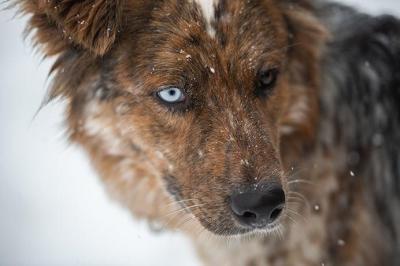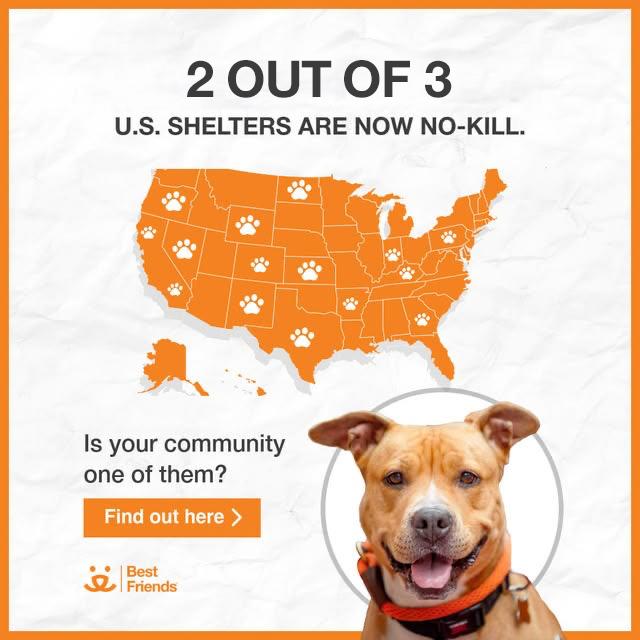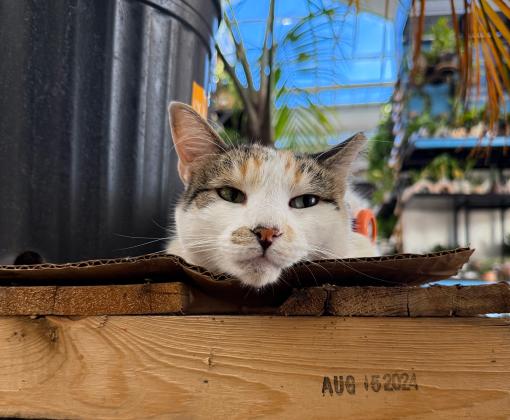
Winter Pet Care
By Cheena Rose
Freezing temperatures are here, especially at night.
A community member reached out to me who had multiple dogs dumped off on their property. Instead of surrendering them where they’ll likely be euthanized, we’ve been working on altering them. The last unaltered female just had 10 puppies a few weeks ago. Unfortunately, only 2 had survived the cold fronts.
Cold weather can be hazardous to the health of cats and dogs, and even deadly, so here are a few things to consider for the animals in our care when the weather turns frigid:
- If your pet spends time outside, make sure that water is available both indoors and outdoors. In the winter, use plastic instead of metal bowls and buckets. Your pet’s tongue may stick to metal, and they could injure themselves trying to pull away. Be sure to dump the ice and refill the water as often as necessary. Pets won't lick ice or eat snow when they're thirsty, so they need to have water available. Another option is to purchase a heated water bowl for outdoor use.
- If your dog primarily stays outside, they will need a warm, dry place. You’ll want to provide them with a doghouse that’s raised up off the ground, has a door flap to keep out draft, and is equipped with dry, comfortable bedding. Ex: Straw. The straw must be removed from their house as it starts to warm up again to prevent mold, bacteria, and other insects from inhabiting.
- Pets always do best indoors at night, but in extreme cold temperatures, below freezing, no pets should spend nights outside. Cats and dogs, even those with thick coats, can get frostbite on sensitive areas. Their paws, ears, and tail are the most common tissues to be affected. If a pet is wet or damp, these areas are more vulnerable to frostbite.
- Many dogs, particularly those with short coats, will be more comfortable outside if they have a sweater. Many dogs also need boots in cold weather, regardless of coat length. If your dog frequently lifts their paws, whines, or stops during walks, it is probably because their feet are uncomfortably cold. You may want to also check out booties and consider buying a set.
- Be particularly careful when taking older or arthritic animals outside. They will likely become stiff and tender quickly and may find it difficult to walk on the snow or ice. Keep them close to your side when walking on ice to avoid a slip-and-fall accident.
- Don’t let dogs off the leash during a snowstorm. No matter how much they want to play in the snow, they can easily lose their scent and become lost in the snow once they are unleashed. Make sure dogs are wearing ID tags before you take them out, snow or not!
- Chemicals and salt solutions used to melt snow and ice can injure or irritate the pads of your pet’s feet and may be harmful if ingested. Gently wipe their feet with a damp towel before your pet has a chance to lick them.
Please visit Best Friends Animal Society at bestfriends.org/navajo-nation for pet care information.

